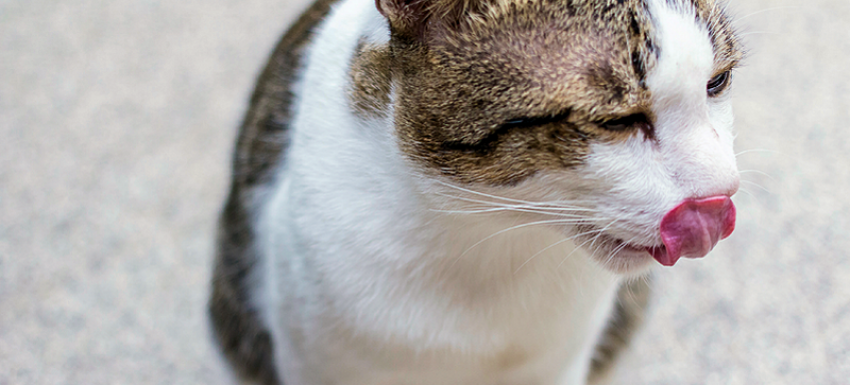Canine elbow dysplasia: diagnosis and treatment
 What is the cause of elbow dysplasia?
What is the cause of elbow dysplasia?
The disease is caused by an abnormal growth of cells, tissues or bones in the elbow joint. Additional causes may include cartilage development disorders, injuries, genetic predisposition, improper exercise and nutrition.
Usually, the cause of elbow dysplasia in dogs is a combination of several factors listed above. The result is a mismatch of growth between the two bones, located on the front paw between the elbow and the wrist (radial and ulna bones). If the growth of one bone is slower than another, the cartilage in the joint may be damaged. It is believed that the discrepancy in growth between the two bones, ulnar and radial, can occur only during the growth of the puppy, but it can be maintained when the growth of the puppy has already ended.
What breeds of dogs are predisposed to dysplasia?
Elbow dysplasia is usually seen in large and giant dog breeds, especially labradors, golden retrievers, German shepherds and rottweilers. However, the disease can occur in dogs of any breed. It is important to know that different breeds have a predisposition to various forms of the disease. It is noteworthy that the hounds do not suffer from this disease. Lucky!
What symptoms do dogs have?
The first signs of a disease of a dog with elbow dysplasia often show already at an early age, usually from 5 months. Sometimes the first signs become noticeable in dogs older than 4-6 years.
In dogs with dysplasia, claudication of the forelimb is observed, which usually increases in the course of several weeks / months. As a rule, after exercise and physical exertion, lameness also increases and never completely disappears, even after a long rest. Both forelimbs are often affected, making it difficult to detect lameness, since the gait is not asymmetric. In this case, the dog, as a rule, reluctantly gets up, refuses to run and walks.
One consequence of damage to the elbow joint is inflammation, which can lead to progressive arthritis, pain and the inability of the dog to rest on the injured limb.
How to diagnose dysplasia in dogs?
For the diagnosis of elbow dysplasia in dogs, a combination of X-ray diagnosis and clinical examination is used. Usually, the dog will show soreness with full flexion and extension of the limb, and the orthopedic veterinarian will monitor your dog during its movement in order to detect lameness. X-rays, as a rule, show signs of arthritis, and can also show the presence of small bone fragments in the joint. The quickest, most painless is taking pictures in a digital x-ray. In addition, digital images are clearer, which allows for more accurate diagnosis of the disease.
What is the treatment for elbow dysplasia?
Treatment options depend on the severity of the disease. In many cases, surgery is recommended, but the veterinarian-orthopedist may recommend conservative treatment if the problem is either very mild or so severe that the joints are unlikely to benefit from the operation.
Depending on the individual condition, the operation may include:
Removal of bone and cartilage fragments
Surgical change of the elbow joint to shift the weight from the damaged areas
Joint replacement, if the elbow is badly damaged
How to provide care after surgery?
The care required will depend on the type of operation being performed. An orthopedic surgeon will tell you about postoperative care, but in general, your dog should be supervised in a calm environment and not subject the operated limb to stress for 2-6 weeks or more (depending on the speed of recovery).
Treatment outcomes will also vary, but as a rule, the milder the disease and the earlier the treatment started, the better the long-term outcome. In the vast majority of cases, treatment helps even in the late stage of the disease. However, if arthritis once appeared, it will develop independently of the treatment methods. Our goal is to slow down its development and increase the duration of elbow use.
If your dog starts to limp on the front paw, we recommend that you contact a specialist. Contact the Constellation Veterinary Center. In our center, professional orthopedic surgeons work, a 24-hour inpatient hospital is equipped, diagnostics is carried out with the help of a new digital X-ray.



